
Uros Floating Islands Lake Titicaca
Experience the Uros Floating Islands, a unique community living on man-made reed islands on Lake Titicaca, Peru.
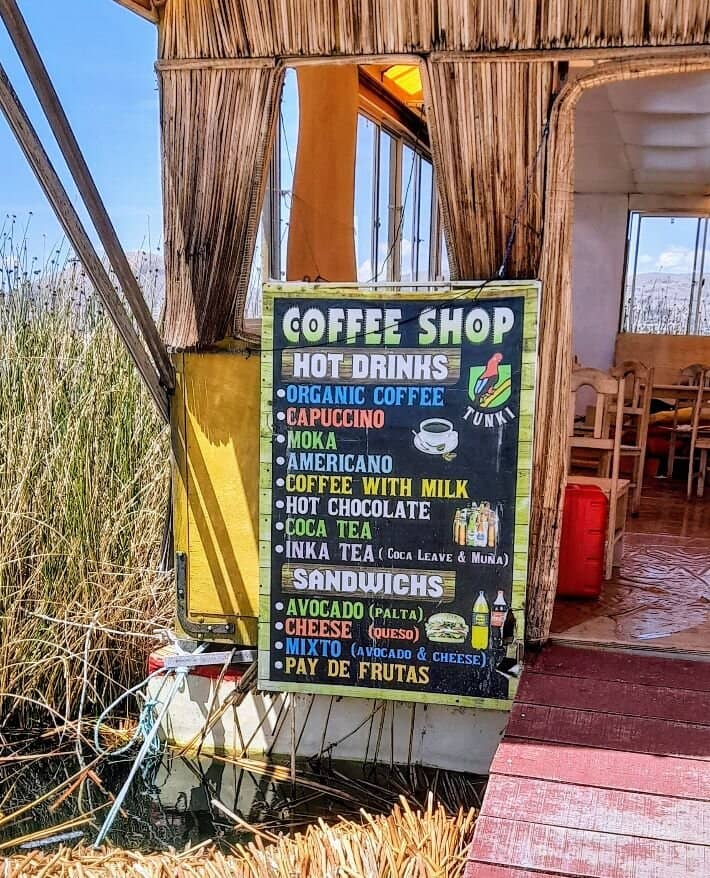
Highlights
Must-see attractions
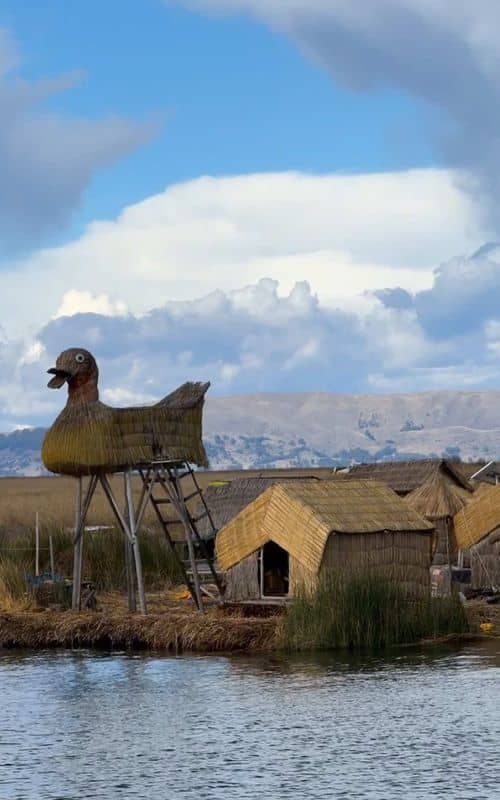
Social
From TikTok & Reddit
Best Time
Day tour crowds thin out

Uros Floating Islands Lake Titicaca
Best Time
Day tour crowds thin out

Highlights
Must-see attractions
Experience the Uros Floating Islands, a unique community living on man-made reed islands on Lake Titicaca, Peru.
"A truly unique experience hosted by a lovely local family in the floating islands of Uros Puno, Peru. "
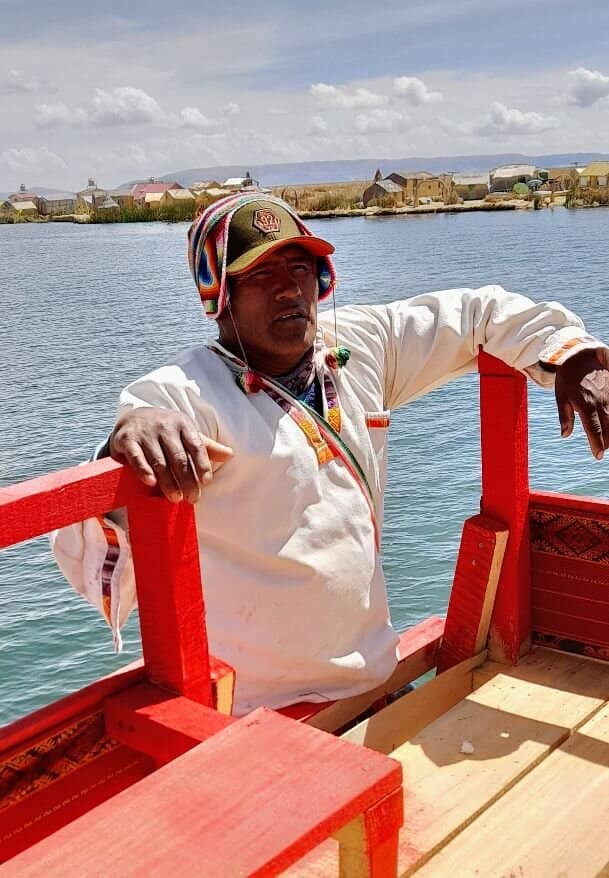
💰 Bring Cash for Souvenirs
Souvenirs are a major part of the experience; prices can be high. Carry small denominations of Peruvian Soles.
🏠 Consider an Overnight Stay
For a quieter, more authentic experience, book a night on an island.

Highlights
Discover the most iconic attractions and experiences
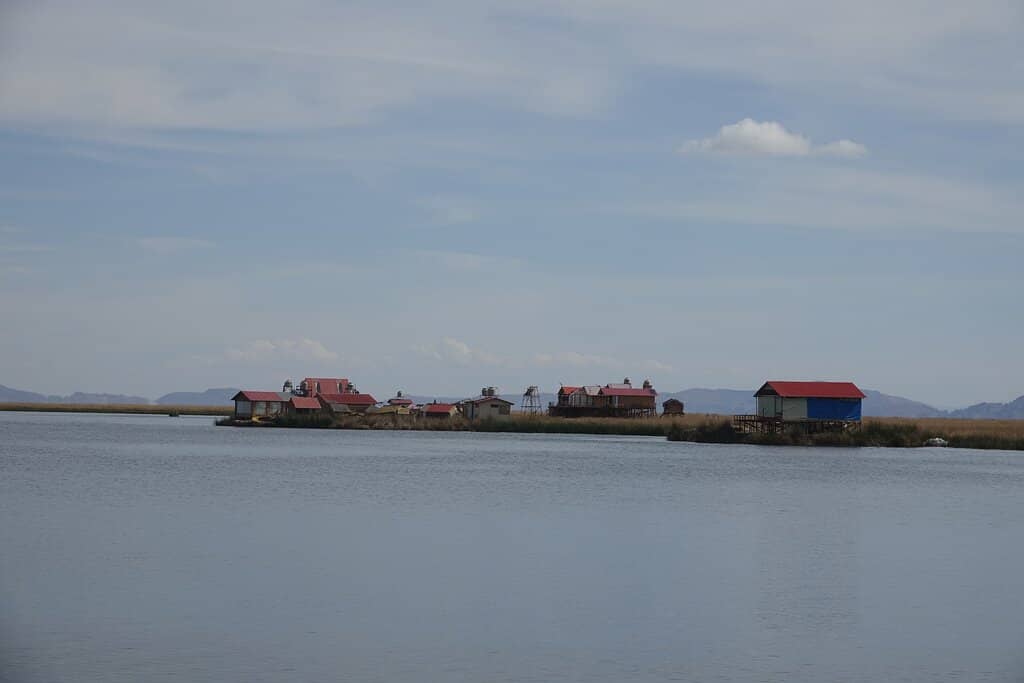
The Floating Islands Themselves
Lake Titicaca
Man-made islands constructed entirely from totora reeds, a unique testament to human ingenuity.
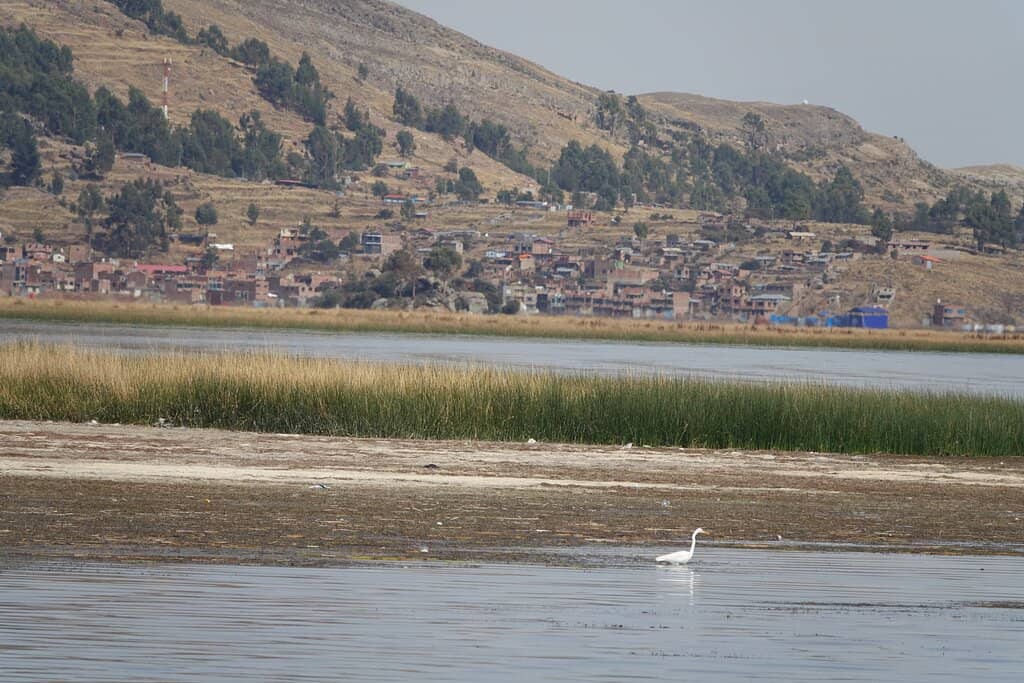
Totora Reed Boat Ride
Lake Titicaca
Experience a ride on traditional reed boats, offering unique photo opportunities and lake perspectives.
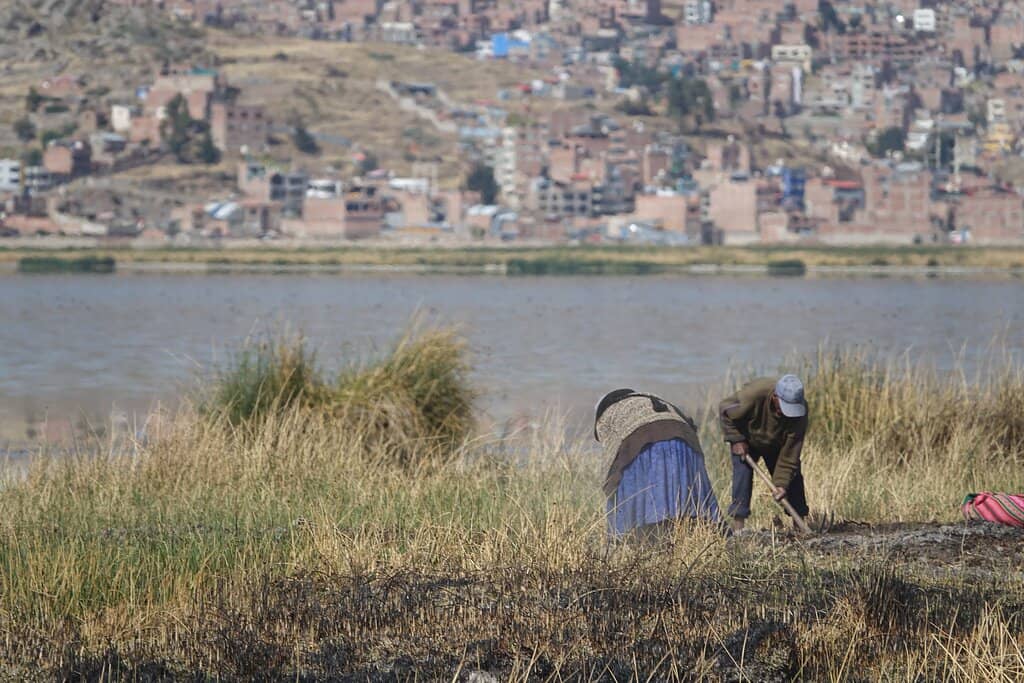
Local Community Interaction
Uros Islands
Engage with the Uros people and learn about their traditional lifestyle and island-building techniques.
Plans like a pro.
Thinks like you
Planning Your Visit
Manage Expectations: It's a Tourist Hub
Overnight Stays Offer Tranquility
Best Times
Insider Tips
from TikTok, Instagram & Reddit
💰 Bring Cash for Souvenirs
Souvenirs are a major part of the experience; prices can be high. Carry small denominations of Peruvian Soles.
🏠 Consider an Overnight Stay
For a quieter, more authentic experience, book a night on an island.
🚤 Boat Ride Costs
Be clear about the cost of the reed boat ride beforehand; it's often an extra charge.
📸 Capture the Colors
The vibrant textiles and reed structures make for stunning photos.
Tips
from all over the internet
💰 Bring Cash for Souvenirs
Souvenirs are a major part of the experience; prices can be high. Carry small denominations of Peruvian Soles.
🏠 Consider an Overnight Stay
For a quieter, more authentic experience, book a night on an island.
🚤 Boat Ride Costs
Be clear about the cost of the reed boat ride beforehand; it's often an extra charge.
📸 Capture the Colors
The vibrant textiles and reed structures make for stunning photos.
💧 Stay Hydrated
Lake Titicaca is at high altitude, so drink plenty of water.
What Travellers Say
Reviews Summary
The Uros Floating Islands offer a unique glimpse into a traditional way of life on Lake Titicaca, with many visitors appreciating the ingenuity of the reed constructions and the cultural insights. However, some find the experience overly commercialized, with pressure to buy souvenirs and additional costs for boat rides, leading to a 'tourist trap' feeling for some.
"The travel agency arranges the trip to the floating islands. The island is assigned each time. I guess the government wants everyone has a chance to make money. I doubt you can visit the island by yourself. The people will start with illustration how they cut the grass roots and grass to build the floating platform. Then they build simple houses on top of the platform. There are at least hundreds of floating islands. All look similar. Next they show the house they live and explain their lifestyle. Next step is to sell you souvenir they made. Then they ask if you want to ride the famous totora reed boat which is made of straw. However they don’t row the boat. They use a motor ship to push the boat. Of course it is not free. It is interesting to learn their life. On the other hand it becomes very commercial."
yung-chin Chen
"Visiting the floating islands left me with a lasting sour taste. What should have been a cultural experience felt more like a staged tourist trap—complete with forced selling and a pointless “optional” boat ride that was anything but optional.
The most disturbing part was watching indigenous people put on a performance of hardship for financial gain. Centuries ago, these islands had a real purpose, but today they exist purely for show. Ironically, you won’t learn any of that history during the tour.
The visit follows the same formula: you’re ferried out by motorboat, given a quick demonstration of how the islands are built, then divided into groups and shown the cramped huts where “residents” supposedly live—five to nine people in a bare 14m² room. Guilt builds, and just as it peaks, an “improvised” market appears, selling overpriced souvenirs likely manufactured elsewhere.
Next comes the so-called “invitation” to board their reed boats. In reality, it’s mandatory, and only once you’re seated do they demand an extra 10 soles. The boats make for cute Instagram shots but serve no purpose other than shuttling tourists to yet another souvenir stop.
This kind of contrived, exploitative tourism doesn’t benefit the community nor the travelers. There could be far better ways to experience the natural beauty of Lake Titicaca through genuine, community-based tourism initiatives—without resorting to what I’d call plastic tourism.
As an experienced traveler, I strongly advise against this tour. Tour operators should stop promoting it, and visitors should reconsider stopping in Puno if this is the main attraction. Neither the tourists nor the local “actors” gain from this charade, and it’s a form of tourism best left in the past."
Michel LAFORCE
"Very interesting place, although if you only visit on a boat trip it's a classic tourist trap. Better to stay a night on one of many hotels located on islands."
Tomek Bogdański
What People Like
What People Dislike
Frequently Asked Questions
🚇 🗺️ Getting There
Most visitors take a boat tour from Puno's main port. Tours typically last 2-3 hours and include transportation to and from the islands.
While possible to arrange private boat transport, most travelers opt for organized tours from Puno for convenience and cost-effectiveness.
The boat ride from Puno to the Uros Islands usually takes about 20-30 minutes.
Yes, many tour operators offer hotel pick-up and drop-off services in Puno for an added convenience.
Lake Titicaca is situated at a high altitude of approximately 3,800 meters (12,500 feet) above sea level.
🎫 🎫 Tickets & Entry
Tour prices vary, but typically range from 10-20 USD per person. There's also an additional entrance fee of 5 soles per person for the islands themselves.
It's advisable to book tours in advance, especially during peak season, though tickets can often be purchased at the Puno harbor.
Tours usually include boat transportation, a guided explanation of the islands, and a demonstration of their construction. Optional reed boat rides and souvenir purchases are extra.
Be aware of potential extra charges for the reed boat ride and donations for children singing. Clarify costs upfront.
The islands are accessible during daylight hours, with most tours running from morning to late afternoon. Overnight stays offer a different experience.
🎫 🧭 Onsite Experience
You'll see homes and structures made of totora reeds, learn about their construction, and witness daily life. Many tours include a demonstration and a chance to buy local crafts.
Yes, several families offer homestays or operate small lodges on the islands, providing a unique cultural immersion.
The islands are built by layering dense totora reed roots and reeds, which are constantly replenished to maintain buoyancy.
The Uros people traditionally live on these floating islands, relying on fishing, reed harvesting, and now, tourism for their livelihood.
During the day, the islands can be quite crowded with tourist groups. Visiting in the late afternoon or staying overnight offers a more peaceful experience.
🍽️ 🍽️ Food & Dining
Some islands have small restaurants offering local dishes, particularly trout from Lake Titicaca.
Trout is a popular dish, often served fried or in soups. You might also find quinoa-based dishes.
Options might be limited, but it's worth asking for vegetable-based dishes or simple preparations.
Food prices on the islands can be higher than on the mainland due to the logistics of transport.
Yes, bringing snacks and water is a good idea, especially if you have dietary restrictions or want to save money.
📸 📸 Photography
Capture the unique reed structures, colorful textiles, traditional boats, and the vast expanse of Lake Titicaca.
Drone usage might be restricted or require special permits. Check local regulations before flying.
Early morning or late afternoon light can offer beautiful, soft lighting and fewer crowds.
Always ask for permission before taking close-up photos of individuals, especially children.
The top of the reed boats and the edges of the islands offer panoramic views of the lake and surrounding islands.
For Different Travelers
Tailored advice for your travel style
👨👩👧 Families with Kids
It's advisable to manage expectations regarding the 'show' aspect of the tours. Focus on the educational value of learning about different cultures and sustainable living. Bringing snacks and water is recommended, as food options might be limited or pricey. Consider a shorter daytime tour if your children have shorter attention spans, or opt for an overnight stay if they are adventurous and can handle the altitude.
💰 Budget Travelers
Bringing your own snacks and water is a great way to save money. If you're looking for a more budget-friendly overnight experience, research local homestays directly rather than relying solely on booking platforms, which may add a markup. The entrance fee to the islands is relatively small and contributes to the community.
📸 Photographers & Content Creators
To capture the best shots, aim for the golden hours of early morning or late afternoon for softer light and fewer crowds. Experiment with different angles, perhaps from the top of a reed boat or the edge of an island. While drone footage can be stunning, be sure to check for any regulations or permits required. Consider an overnight stay to capture the serene beauty of the islands at dawn or dusk, away from the daytime bustle.
Deep Dives
In-depth insights and expert knowledge
The Ingenuity of the Uros Islands
Each island serves as a home and a community hub. The Uros build their dwellings, boats, and even churches from these reeds. This sustainable practice has allowed the Uros community to maintain their unique way of life for centuries, predating the Inca Empire. The construction and upkeep of these islands are a testament to their deep understanding of the lake's ecosystem and their resourcefulness.
While the core construction remains traditional, the islands have evolved to accommodate tourism. Some islands feature designated areas for demonstrations, souvenir shops, and even small restaurants. This adaptation has become crucial for the economic survival of the Uros people, though it has also led to criticisms of commercialization.
Navigating the Tourist Experience
Many travelers report feeling pressured to buy handicrafts, which can be expensive. The traditional reed boat ride, while visually appealing for photos, is often an additional cost and can feel mandatory rather than optional. Some visitors have expressed disappointment that the experience felt more like a 'staged tourist trap' than genuine cultural immersion.
To mitigate this, consider an overnight stay on one of the islands. This allows for a more relaxed pace, the opportunity to interact with families more intimately, and the chance to experience the tranquility of the lake after the day-trippers have departed. Some homestays are available through platforms like Airbnb, offering a more authentic glimpse into Uros life.



Social
from TikTok, Instagram & Reddit